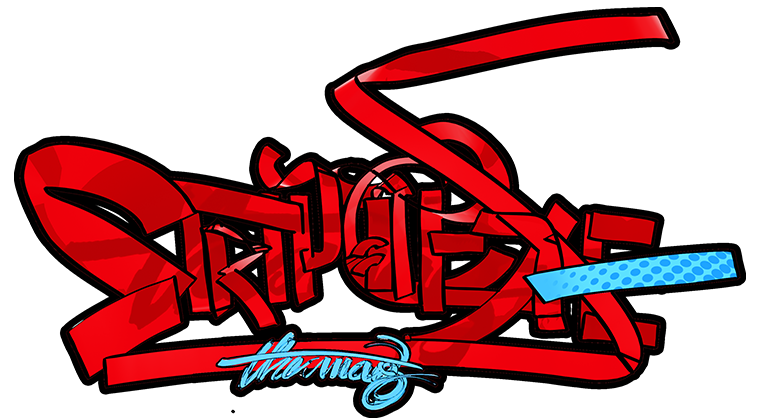Of Rebels with no Causes: Grant Morrison’s Kill Your Boyfriend
 Unlike what its rather misandrist title suggests, Grant Morrison’s Kill Your Boyfriend is not a manual on doing away with a troubling male lover. Gleefully dark and deliciously satirical, this is a work which found little fame upon its release, but has over the years gained a sort of cult following among comic-book lovers, mainly due to its unapologetic celebration, and yet simultaneous derision, of anarchy.Mind you, however, that this is not a book which revels in the purposeful anarchy of a V for Vendetta. This is no revolutionary guidebook- if anything, it revels in its tale of teenage-angst-gone-horribly-wrong-with-over-the-top-mayhem.
Unlike what its rather misandrist title suggests, Grant Morrison’s Kill Your Boyfriend is not a manual on doing away with a troubling male lover. Gleefully dark and deliciously satirical, this is a work which found little fame upon its release, but has over the years gained a sort of cult following among comic-book lovers, mainly due to its unapologetic celebration, and yet simultaneous derision, of anarchy.Mind you, however, that this is not a book which revels in the purposeful anarchy of a V for Vendetta. This is no revolutionary guidebook- if anything, it revels in its tale of teenage-angst-gone-horribly-wrong-with-over-the-top-mayhem.
A teenage Girl, suffocated in her middle-class British life with overanxious parents, an inattentive boyfriend and an education system hell-bent on turning her into an automaton, desperately seeks to live life on her own terms. Full of angst and bridled rage, her unspoken wish is granted in the form of The Boy, a lawless tramp who truly embodies the spirit of carpe diem (seize the moment), even if the moment, more often than not, tends to turn violent. As they travel across the length and breadth of Britain with a ragtag group of seemingly rebellious “artists”, they start wreaking havoc, till such time as the hell they unleashed truly catches up with them. The book indulges in excesses of sex, violence, and all things counter-normative and lawless – in other words, standard Morrison fare, as seen through the eyes of a gullible girl.
Within a short span of 69 pages, Morrison manages to capture the eternal burdens of privileged teenagers everywhere –inexplicable angst and rage against the machine; only, he puts his own macabre, though darkly comic, spin on it. Inspired by the myth of Dionysus, Morrison’s comic tuned into a keenly felt dilemma of the Western youth in the early 90’s – a potent rage at a social system slowly turning them into unquestioning, money-spinning yuppies.While rebellious youth is not an unknown phenomenon, be it in real life or in fiction, the 80’s and the early 90’s were particularly volatile periods for the Western world. As the optimistic demeanour of the previous decades gave way to immense disillusionment with the rampant greed of capitalist forces, fiction-writers, and especially comic book writers, explored anarchic themes with such legendary works as Watchmen. Kill Your Boyfriend runs in much the same vein, though it never quite manages to speak volumes like Alan Moore’s masterpiece- it is merely a celebration of anti-authority joyrides. It does, however, manage to poke fun of suburban normality, exposing it for the mediocrity that it breeds, and it succeeded movies with similar themes, like Natural Born Killers.
The main tension lies between what the Girl desires and the exhausting ordinariness of what everyone else around her is trying to get her to do with her life – in short, a life with nothing exciting to offer. The arrival of the Boy, therefore, is a miraculous, hedonistic escape from a nondescript existence, but it is just that- an escape, by its very nature short-lived and unsustainable. When the Girl towards the end states her preference for a life lived in an amusement park over one in the suburbs, she inadvertently stumbles upon the truth of her tragic, short-lived madness- an escape bound to come to an end. And this is where Morrison’s brilliance comes in- in ostensibly seeming to poke fun at “normal” people, he is essentially showcasing for us the flaky nature of rebels without causes. Counterculture may be “cool”, but only as so far as it is a break from the monotony of a normal existence, and not a way of life itself.
The ultra-violent Bonnie and Clyde impersonation of the pair takes a puncture as they realize that their merry band of “violent” artists are just not as subversive as they seem to be – all their talk of praxis, discourse, theory and philosophy is mere talk, and not action. For the Boy, who ‘wants to have his cake’ and doesn’t see why he ‘should pay for it’, this does not sit well, and along with the Girl, commits murder, vandalism, and general anarchy. The final confrontation with authority, however, is really the cherry on the icing – reading between the lines, one realizes just how farcical everything really is- be it “normality” or “chaos”.
The beauty of Morrison’s work lies in exploring and critiquing philosophical concepts within the brevity of a medium like a comic book. With Kill Your Boyfriend, more themes such as fluidity of gender and sexuality, normativity, art vs action are explored, but the constraints of THIS column prevent me from delving more deeply. As an introduction to one of the legends of comics, I cannot recommend a better work.

